Dyslexia FAQ’s
Dyslexia can destroy a child's self esteem if it goes unrecognized in the language rich environment of school.
What is Dyslexia?
An unexpected difficulty in reading for an individual who has the intelligence to be a much better reader is most commonly caused by a difficulty in phonological processing, which affects the ability of an individual to speak, read, spell. “Phonological processing” means the appreciation of the individual sounds of spoken and written language. (Act 206).
What causes Dyslexia?
The exact causes of dyslexia are still not completely clear, but brain imaging shows differences in the way the brain of a dyslexic person develops and functions. These brain imaging studies demonstrate an inefficient functioning of those neural systems for reading in dyslexic readers. (Shaywitz & Shaywitz, 2012).
What are the effects of Dyslexia?
The impact that dyslexia has is different for each person and depends on the severity of the condition and the effectiveness of instruction or remediation. The core difficulty is with getting to the sounds of spoken words which leads to a range of predictable difficulties in both spoken and written language. Spoken Language: People with dyslexia have problems with spoken language, even after they have been exposed to good language models in their homes and good language instruction in school. They may find it difficult to express themselves clearly, or to rapidly find the word they mean to say, especially when placed in high anxiety producing situations such as oral exams or when called upon in class. It is important that parents and teachers and oral examiners are aware of these word retrieval difficulties so that children who know what they want to say but can’t retrieve the correct word are not unduly penalized. Written Language: Dyslexic students have difficulty getting to the sounds of spoken words. Dyslexia interferes with attaching the letters in a word to the individual sound(s) they represent- a process necessary in order to sound out an unknown word. As a result, children who are dyslexic experience difficulties decoding words, reading words automatically and rapidly (fluently) and spelling. Many individuals with dyslexia especially when provided with excellent and early instruction learn to read though their reading remains slow and laborious. It is critical that these dyslexic readers are provided with evidence-based effective interventions early on and with accommodations such as the provision of extra time. This extra time is critical during the whole life of a dyslexic student especially for high stakes tests including college, graduate and professional school entrance exams.
Why is Dyslexia discouraging?
The frustration of children with dyslexia often centers on their inability to meet expectations. It is important to keep in mind that dyslexia represents an unexpected difficulty in reading. In other words, that child is bright in every other way and the expectation is for the child to be able to become a proficient reader as well. The child’s parents and teachers see a bright, enthusiastic child who is not learning to read and write. Time and again, children with dyslexia and their parents hear, “He’s such a bright child; if only he would try harder.” Ironically, no one knows exactly how hard he/she is trying, typically, much harder than most other children in the class.
How widespread is Dyslexia?
Epidemiologic data indicate a prevalence rate of 17.5%- 21.5% in children and adults. It affects all races and all socioeconomic groups. (Connecticut Longitudinal Study of Learning).
How is Dyslexia treated?
Many children are identified in K and first grade but even more are diagnosed in or after third grade. Children with dyslexia need at least 90 minutes a day in reading and small group (ideally 6:1 student teacher ratio) instruction by a qualified teacher. help so that the neural pathways are put in place to read. Dyslexia is for life. Dyslexics read using a different pathway than non-dyslexic readers. This pathway is slower so fluency is always an issue but their comprehension is good. So, after the child learns to read they must be given academic accommodations. Students with dyslexia should be given extra time to complete tasks and take tests. Dyslexic students test scores improve when given extra time because of the alternate pathway in their brain used in reading. The best treatment for Dyslexia is remediation and then accommodations since Dyslexia is for life. Parents and the students themselves are their best advocates!
How do you diagnose Dyslexia?
Dyslexia is a clinical diagnosis. Just like any other medical diagnosis, the doctor takes a clinical history, a family history, and then the doctor has the child speak and read aloud. Tests (there is not one single test) are evaluated and then after compiling all of these a diagnosis can be made.


